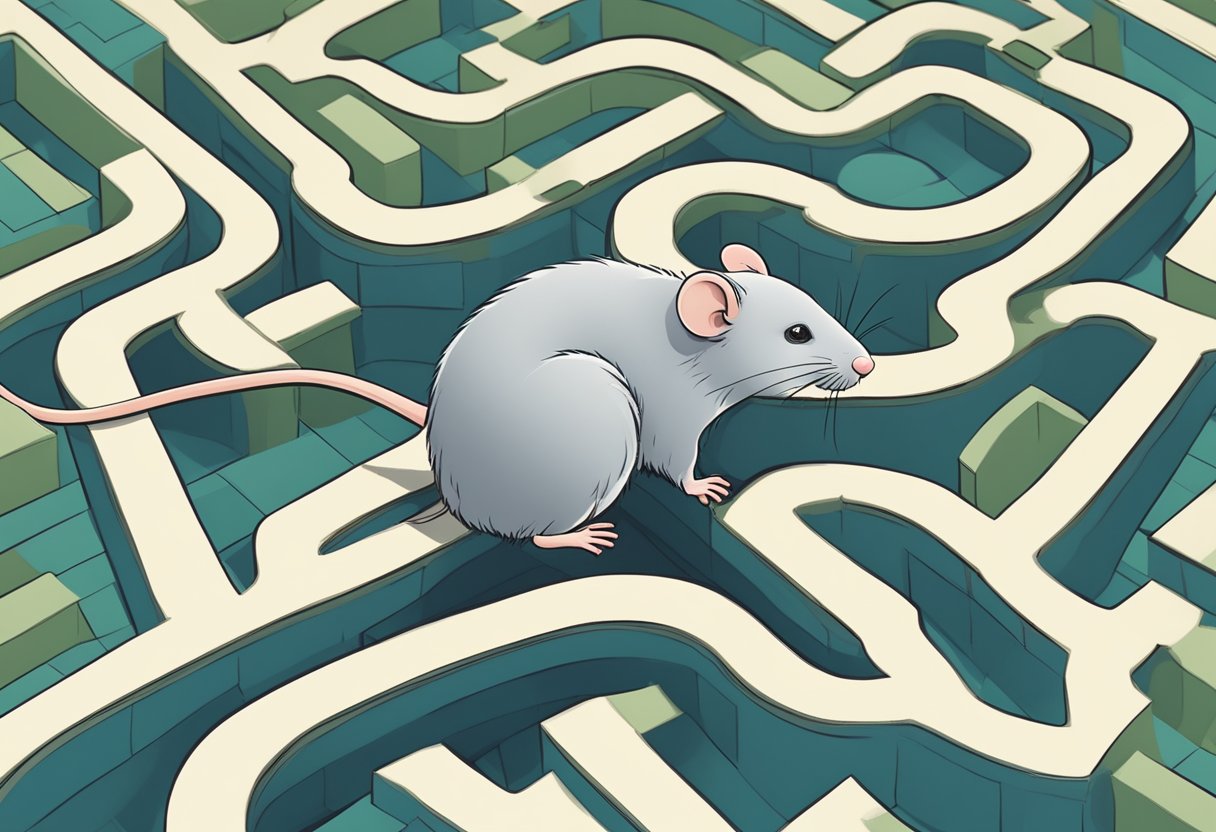Herbal Medicines Potential For Managing Snake Bite

Snakebite envenomation poses a significant global health issue, particularly in areas lacking adequate medical services. The question arises: do herbal medicines offer a viable alternative for managing snake bites? Traditional healers in many regions utilize plants with reported antisnake venom properties, claiming they can both neutralize the venom and alleviate symptoms.
The scientific community has increasingly turned its attention to these claims, investigating various medicinal plants’ potential to offer effective treatment. Herbal approaches are particularly compelling in regions where access to antivenom is limited due to inadequate health services and difficult transportation. This exploration could uncover new, accessible treatment methods beneficial to underserved populations.
Certain plants show promise due to their phytochemical compositions, suggesting they can counteract venom’s effects. These findings provide hope for improved treatment options, especially vital in areas where conventional antivenom is not readily available. Stakeholders in public health should consider the incorporation of these herbal remedies into broader treatment protocols.
Key Takeaways
- Snakebite envenomation is a serious global health issue.
- Some medicinal plants have shown potential in addressing venom effects.
- Herbal treatments can be crucial where conventional antivenom is not accessible.
Overview of Snakebite Envenomation

Snakebite envenomation is a significant health issue, particularly impacting rural farming communities. It involves complex physiological responses, requiring prompt medical attention to prevent severe outcomes.
Epidemiology and Global Impact
Snakebite envenomation is particularly prevalent in tropical and subtropical regions. The highest incidence rates occur in Southeast Asia and Sub-Saharan Africa. This condition is considered a neglected tropical disease due to limited access to medical care and antivenom supplies.
Venomous snakebites lead to high morbidity and mortality rates. Rural farming communities face the greatest risk because of occupational hazards. Limited healthcare infrastructure in these areas complicates timely treatment, leading to severe health outcomes. Local health services often struggle with inadequate antivenom stocks, which exacerbates mortality rates.
Pathophysiology of Snake Envenomation
The pathophysiology of snake envenomation varies based on venom type. Venoms are broadly classified as neurotoxic, hemotoxic, or cytotoxic.
Neurotoxic venom affects the nervous system, leading to paralysis or respiratory failure. Hemotoxic venom causes blood clotting problems, internal bleeding, and organ damage. Cytotoxic venom results in local tissue damage, potentially leading to necrosis.
Venomous snakes inject these toxins through their fangs, causing systemic and local effects. Immediate symptoms can include pain, swelling, and bruising. Systemic symptoms may develop more slowly but are more dangerous, involving organ failure or severe bleeding disorders. Prompt and adequate medical intervention is critical for survival and recovery.
Current Treatment Paradigms
Treating snake bite envenomation often involves a combination of antivenom therapy, the expertise of healthcare professionals, and overcoming various treatment challenges. Each of these elements plays a crucial role in patient outcomes.
Antivenom Therapy
Antivenom remains the cornerstone of treatment for snake bites. It neutralizes the venom, preventing further damage to the victim’s tissues and organs. There are different types of antivenoms, such as the Crotalidae polyvalent immune fab antivenom, which is effective against bites from snakes like rattlesnakes, copperheads, and cottonmouths.
Administration
Antivenom is typically administered intravenously in a hospital setting. The dosage depends on the severity of the envenomation and the type of snake involved.
Limitations
- Antivenom availability can be a significant issue in remote areas, which complicates timely treatment.
- Adverse reactions to antivenom can occur, requiring monitoring and supportive care.
Role of Healthcare Professionals
Healthcare professionals play a critical role in the diagnosis and management of snake bites. Their responsibilities include identifying the type of venomous snake and assessing the severity of the bite.
Key Actions
- Immediate first aid measures to slow the spread of venom.
- Monitoring vital signs and administering antivenom as needed.
- Providing supportive care like pain management, managing allergic reactions, and treating secondary infections.
In regions with limited advanced healthcare, the ability of healthcare workers to deliver effective treatment can be compromised, impacting patient outcomes.
Challenges in Treatment
The main challenges in treating snake envenomations include antivenin availability, delays in accessing health services, and inadequate training of healthcare professionals.
Key Issues
- Delayed Treatment: Transport issues and lack of infrastructure can delay the administration of antivenin, increasing mortality and morbidity.
- Inadequate Health Services: In many regions, hospitals lack the necessary resources to manage severe envenomations effectively.
- Adverse Reactions: Managing adverse drug reactions to antivenom requires resources that might not be available in all healthcare settings.
Addressing these challenges is essential to improving the survival and recovery rates of snake bite victims.
Herbal Medicine in Managing Snakebite Envenomation
Herbal medicines have long been used to treat snakebite envenomation. Numerous medicinal plants contain natural inhibitors that counteract toxic enzymes present in snake venom. This section explores the historical use of these remedies, highlights potential herbal candidates for antivenom, and examines relevant research and pharmacological studies.
Historical Use of Herbal Remedies
In many cultures, traditional healers have used herbal medicines to manage snake bites. They relied on plants like Eclipta prostrata and Andrographis paniculata, which are known for their therapeutic potential. These plants were often combined in various formulations, sometimes as pastes or decoctions, to treat envenomations.
Ethnobotany studies highlight the extensive folklore medicine practices where specific herbs were believed to neutralize venom. The enduring use of these plants underscores their perceived efficacy and cultural significance.
Potential Herbal Candidates for Antivenom
A wide array of plants have been identified as potential candidates for antivenom therapy. Noteworthy examples include Hemidesmus indicus and Azadirachta indica. These plants are rich in bioactive compounds that have shown promise in neutralizing toxic snake venom enzymes.
Phytomedicine research highlights various pharmacological properties of these herbs, such as anti-inflammatory and antioxidant activities. Such properties are crucial for mitigating the adverse effects of envenomation. These natural inhibitors can potentially supplement conventional antivenom therapy, reducing reliance on synthetic drugs.
Research and Pharmacological Studies
Scientific studies have begun to validate the efficacy of medicinal plants in managing snakebite envenomation. For instance, laboratory tests on Withania somnifera and Aristolochia indica have demonstrated significant antivenom activity. These studies involve isolating specific bioactive molecules from plants and evaluating their potency against venomous enzymes.
Ongoing research also focuses on ensuring the safety and minimizing any adverse reactions or adverse drug reactions associated with these herbal medicines. The goal is to combine traditional treatments with modern pharmaceutical drug discovery methods to develop more effective and safer antivenom therapies. This promising area of study bridges the gap between age-old practices and contemporary healthcare.
Regional Practices and Species-Specific Treatments
Herbal medicines used for treating snake bites vary greatly based on region and the specific snake species involved. This section examines the traditional practices and specific medicinal plants employed in Asia and Africa, highlighting their unique approaches and notable examples.
Asia: Practices and Plant-Based Remedies
In Southeast Asia and South Asia, traditional medicine plays a crucial role in treating snake bites. The Indian cobra, or Naja naja, and the saw-scaled viper, or Echis carinatus, are common culprits in this region.
Plants like Andrographis paniculata and Eclipta prostrata are often used for their antivenom properties. Studies have shown that compounds in these plants help neutralize snake venom, reducing symptoms such as swelling and pain.
For the Indian cobra, Withania somnifera is a notable remedy, while Curcuma longa is used to treat bites from the saw-scaled viper. These plants are believed to work by modulating immune responses and inhibiting venom enzymes.
Africa: Traditional Healing and Plant Uses
In Africa, traditional healers utilize a variety of plants to treat snake bites. The region faces bites from species including the hump-nosed pit viper and the African puff adder.
Nigeria has many medicinal plants that are yet to be fully studied. However, plants like Azadirachta indica and Aristolochia indica are prominently used. These plants have shown potential in neutralizing the effects of snake venom through their bioactive compounds.
Zulu medicinal plants are particularly noteworthy for their use in treating snake bites. These plants are part of the rich heritage of traditional African medicine. By harnessing the pharmacological properties of local flora, healers can address the immediate symptoms and long-term effects of envenomation.








